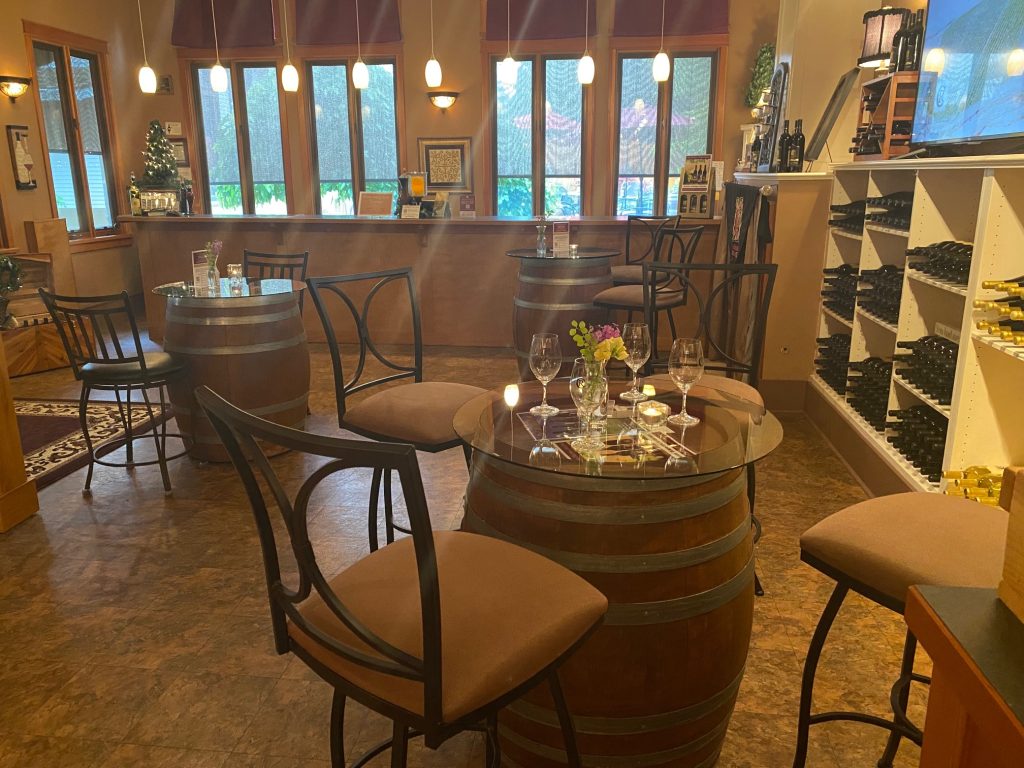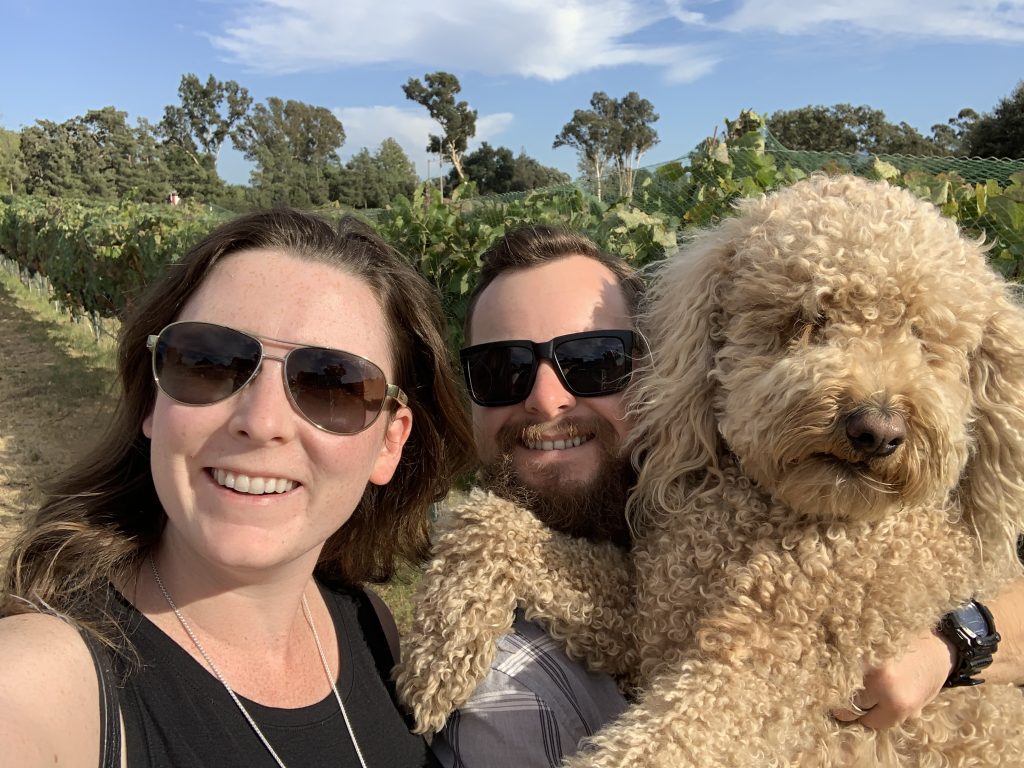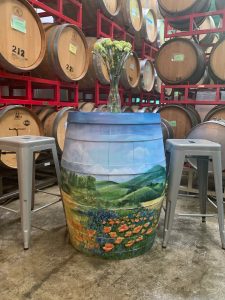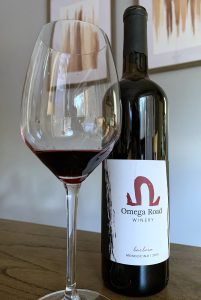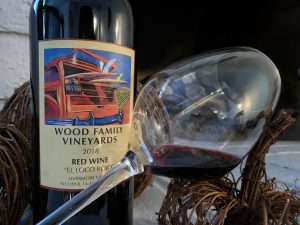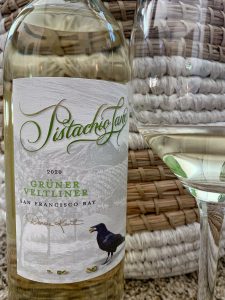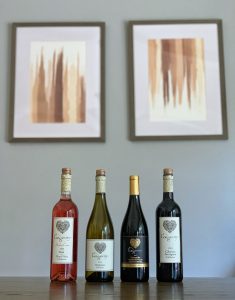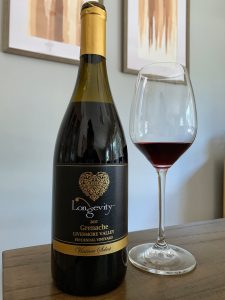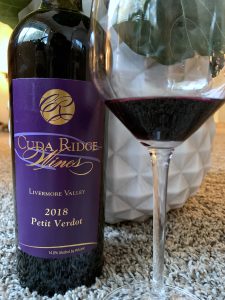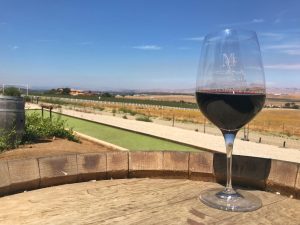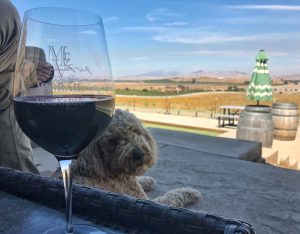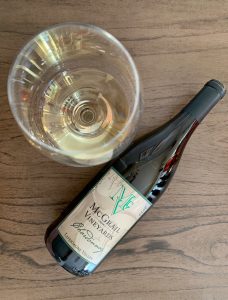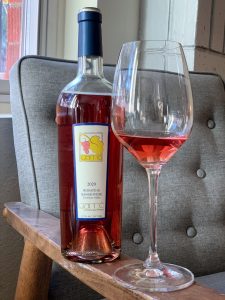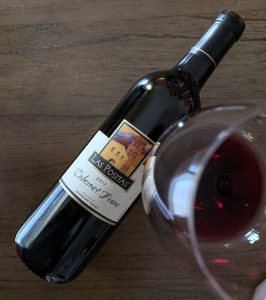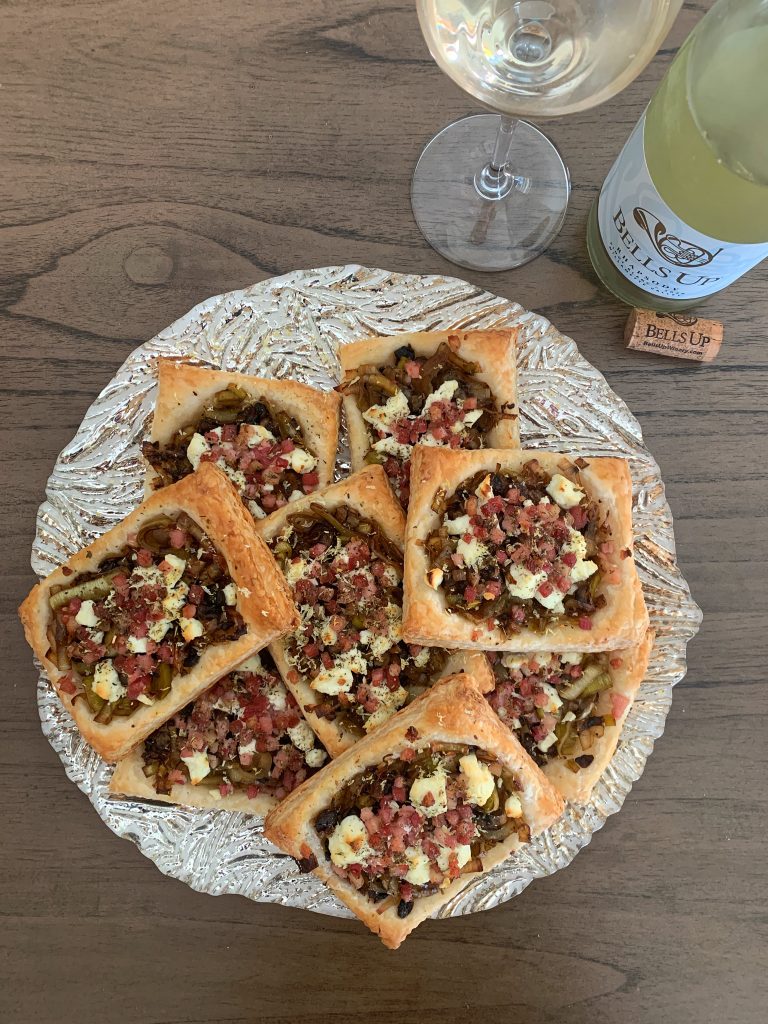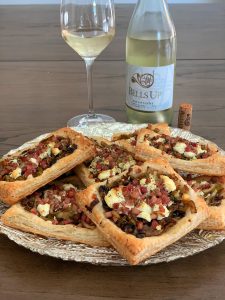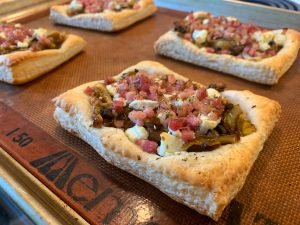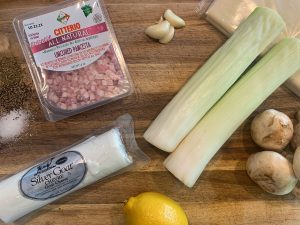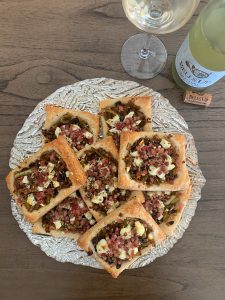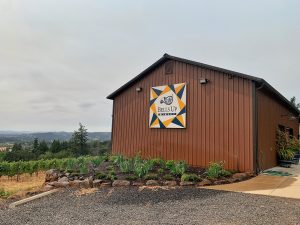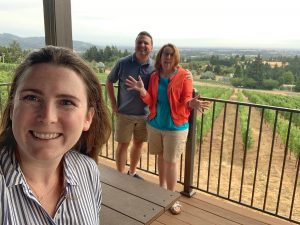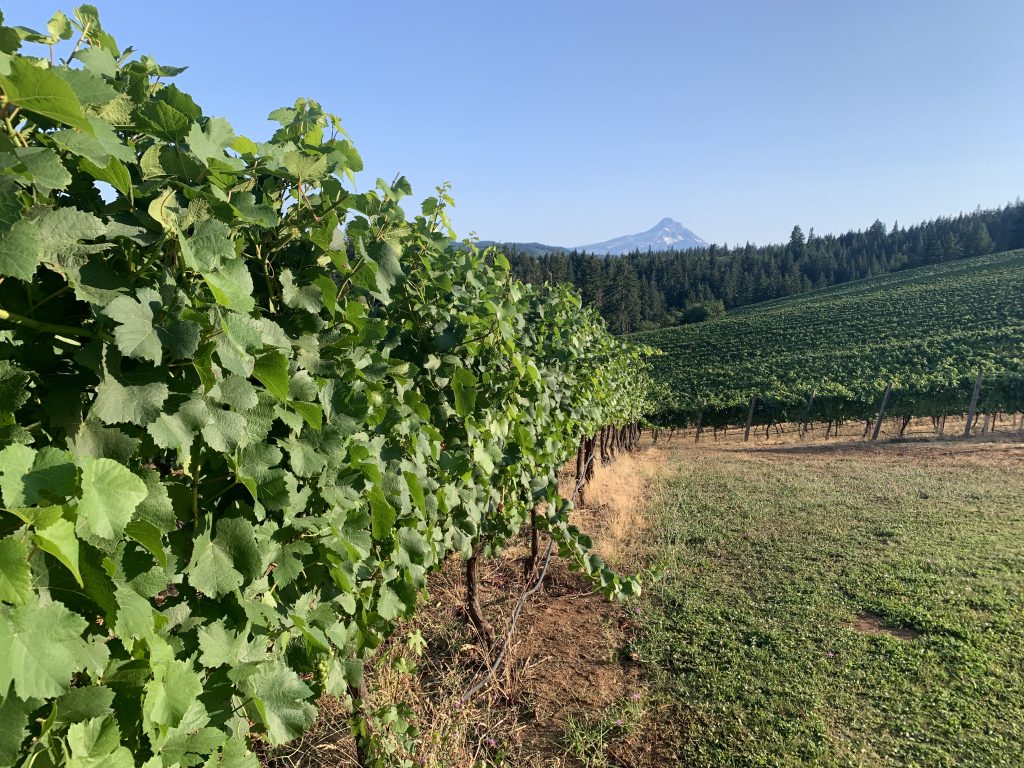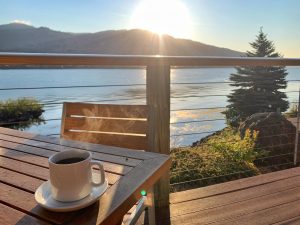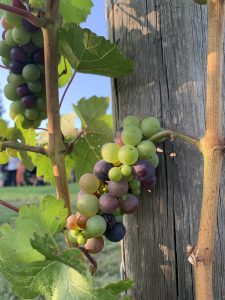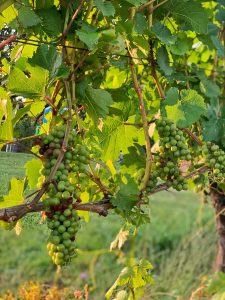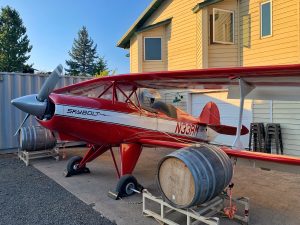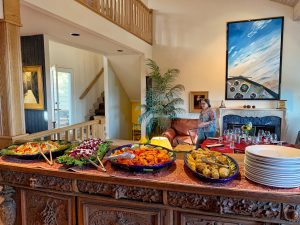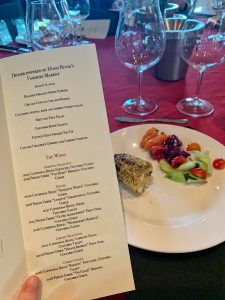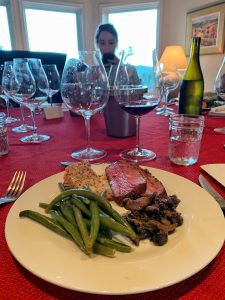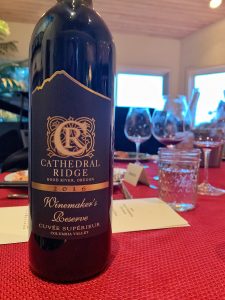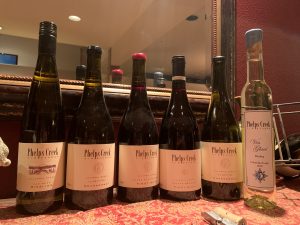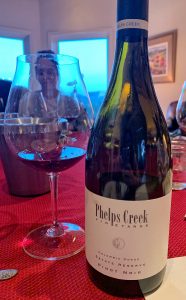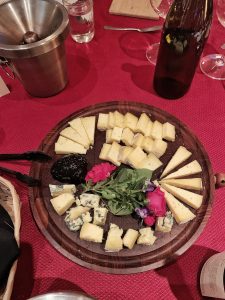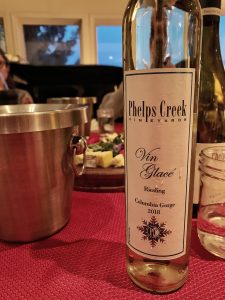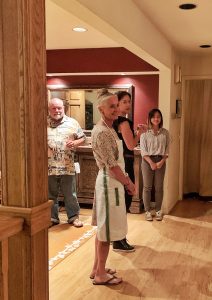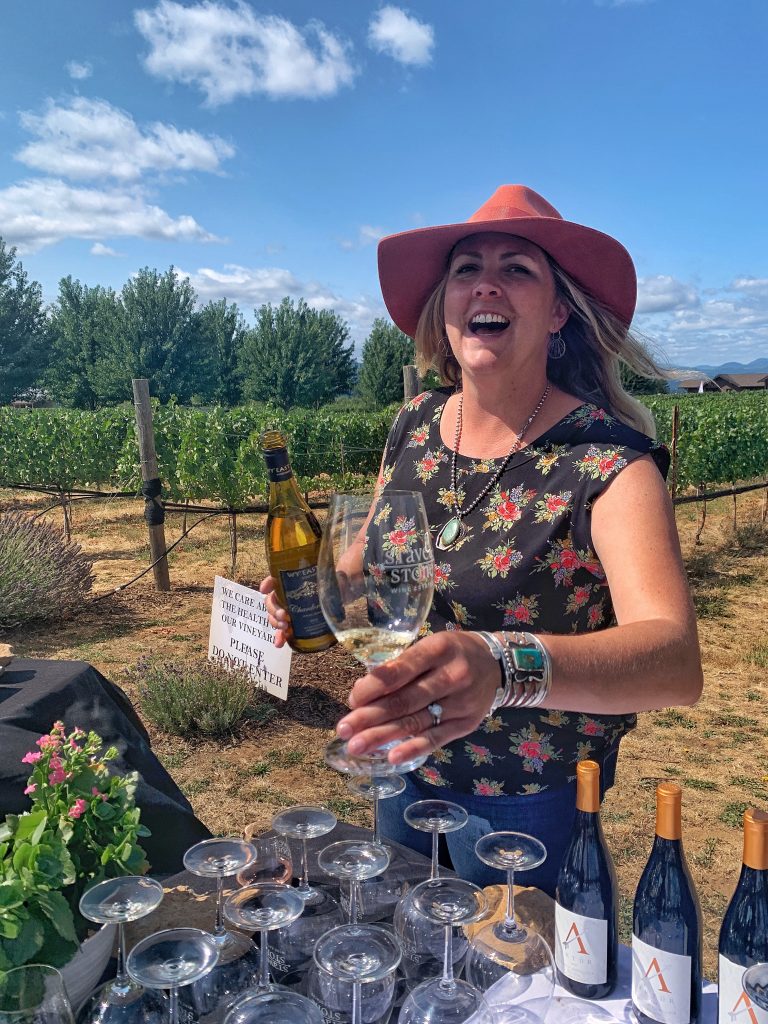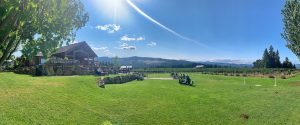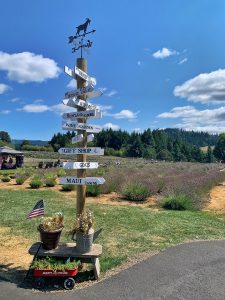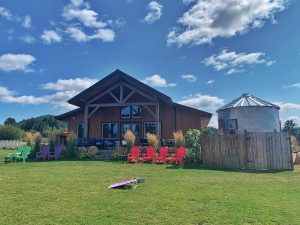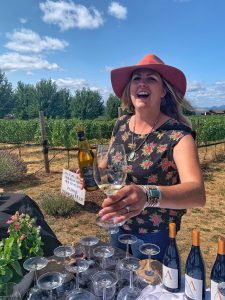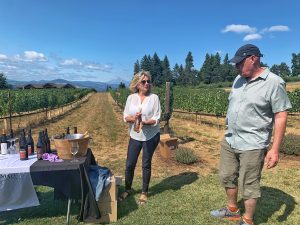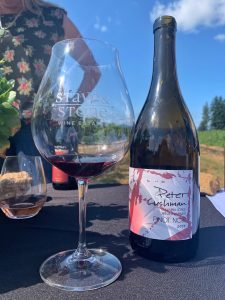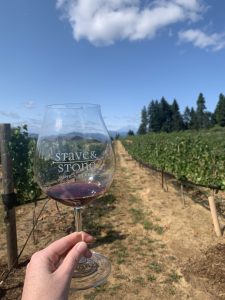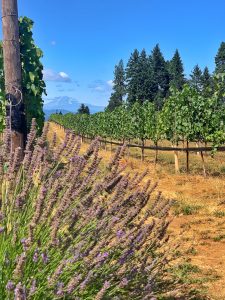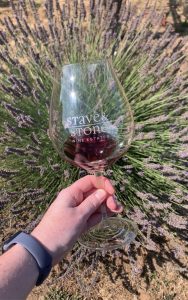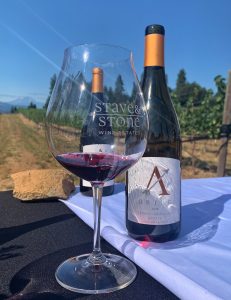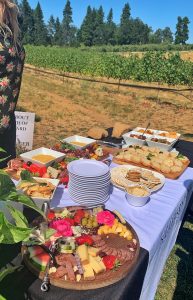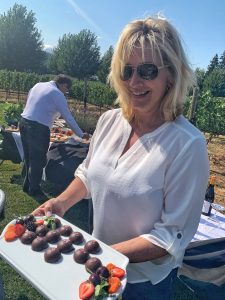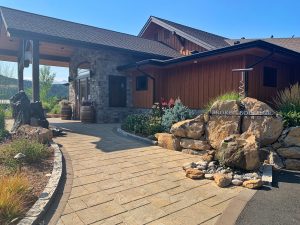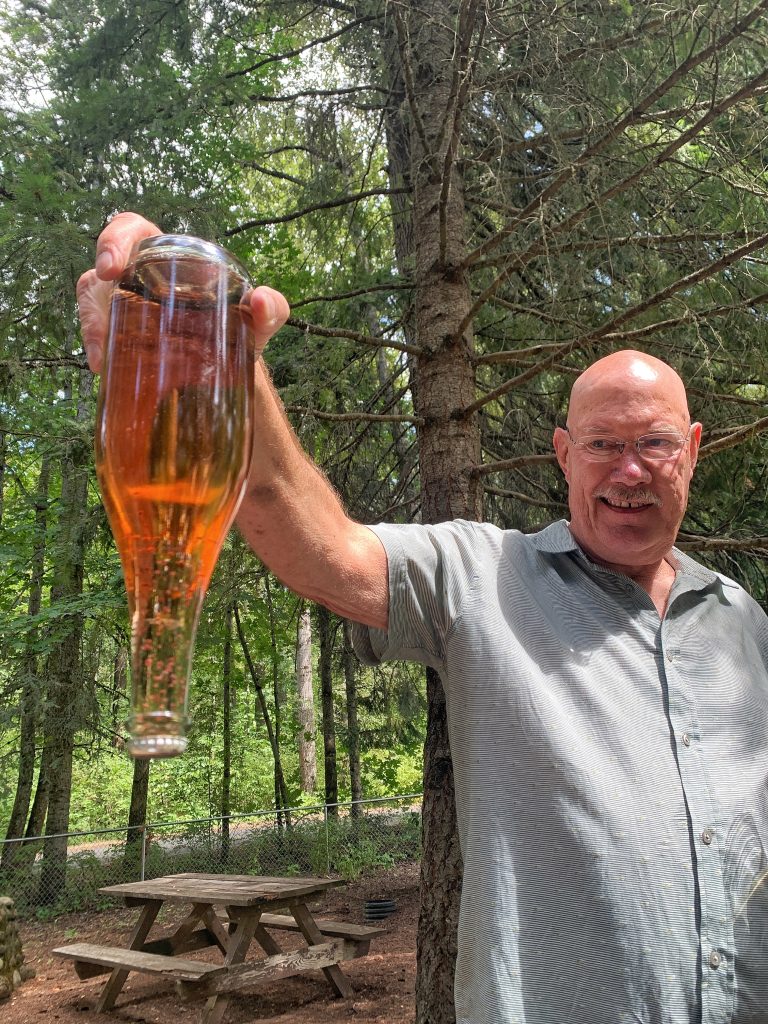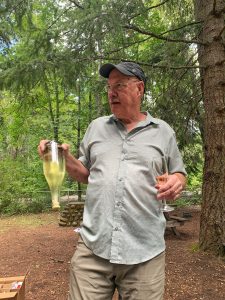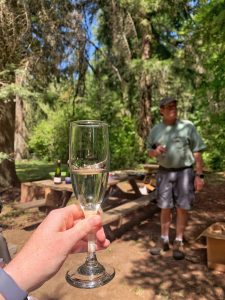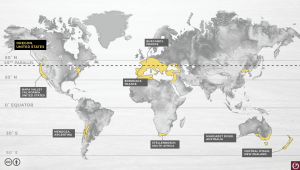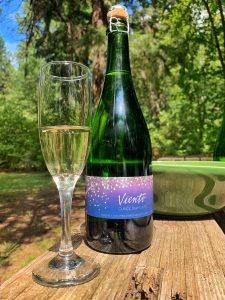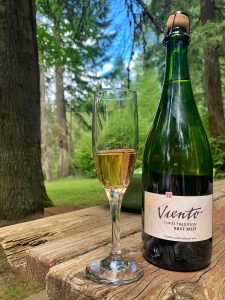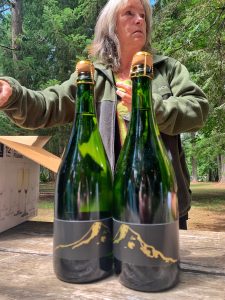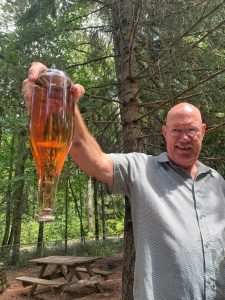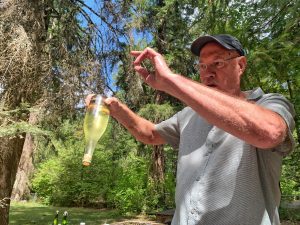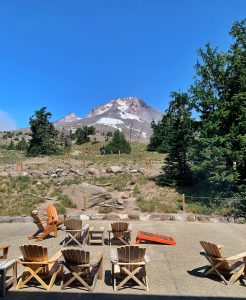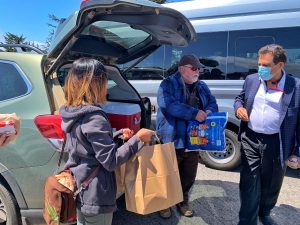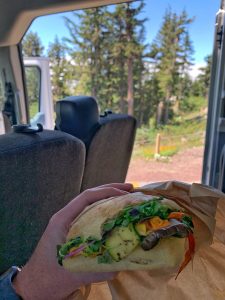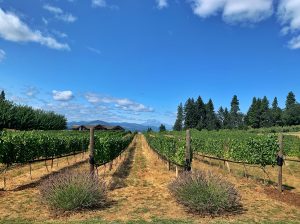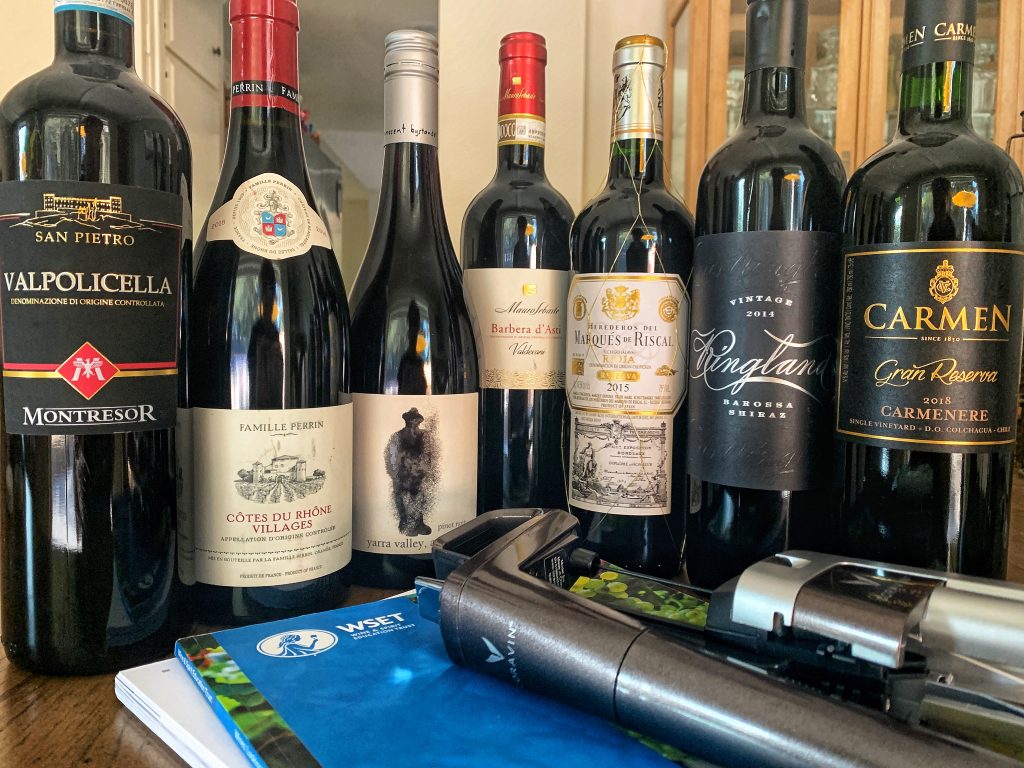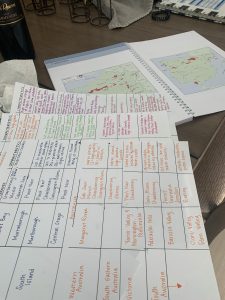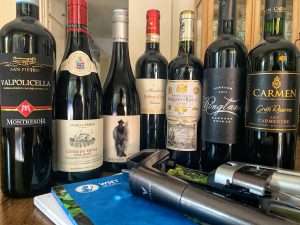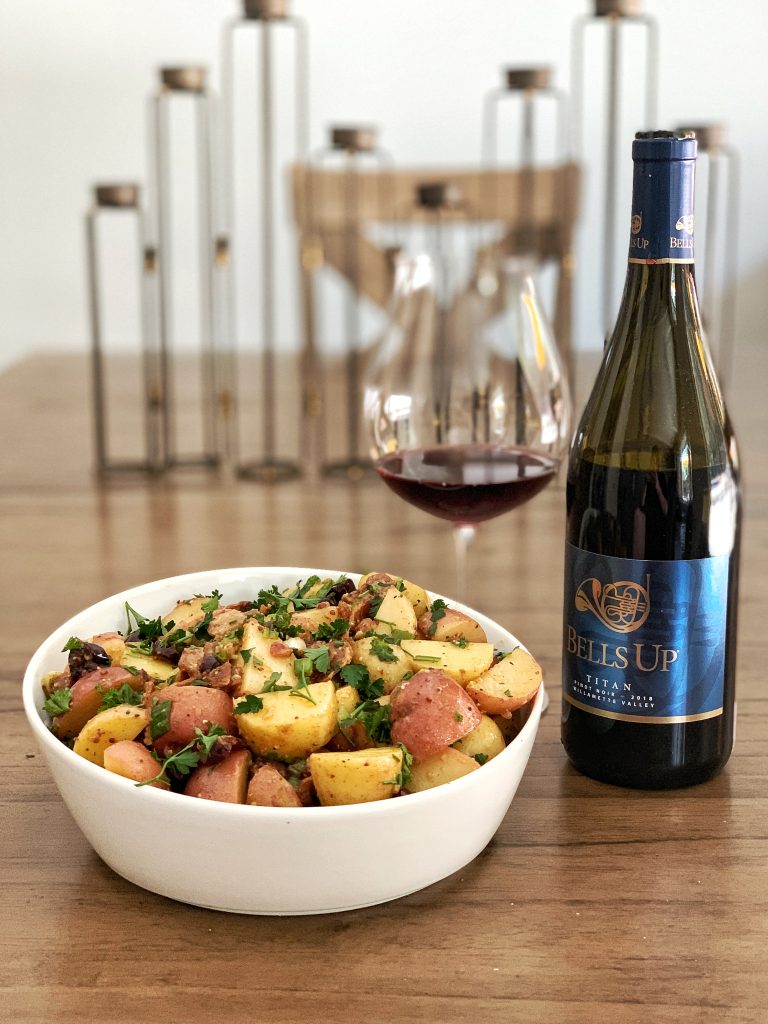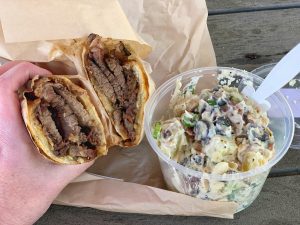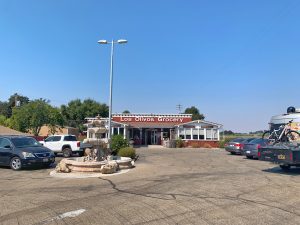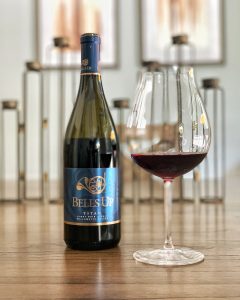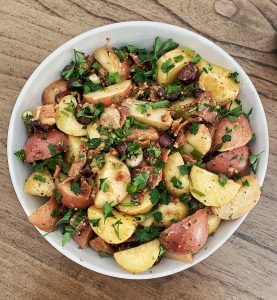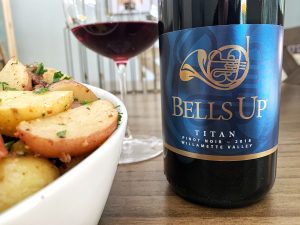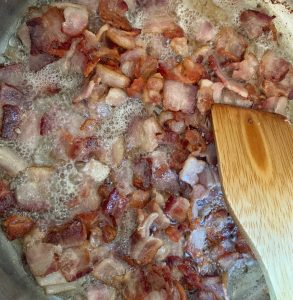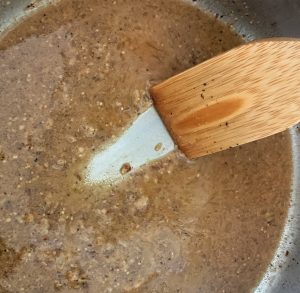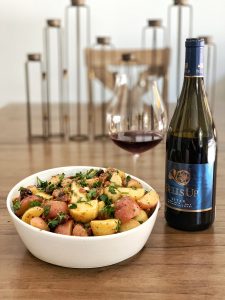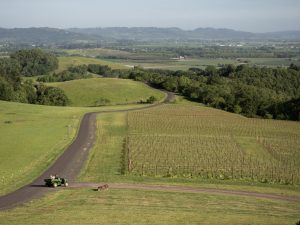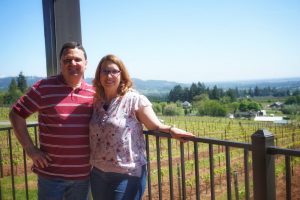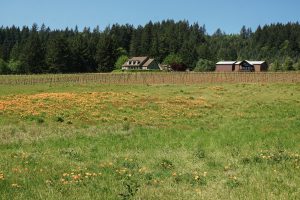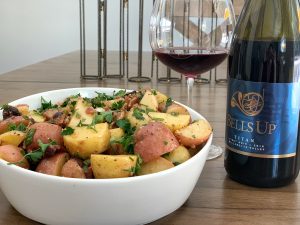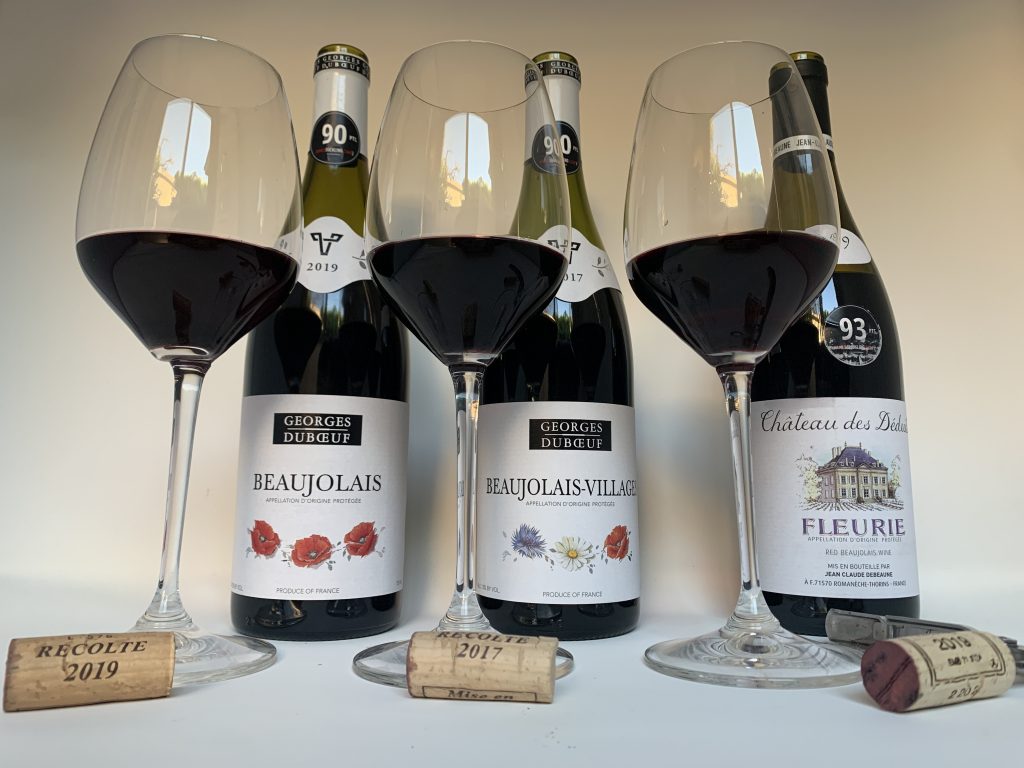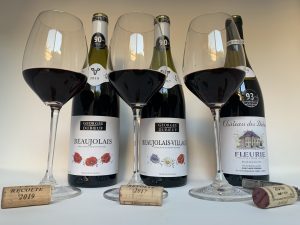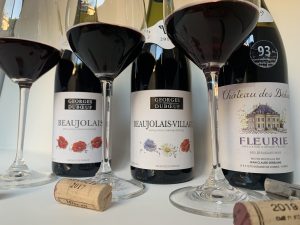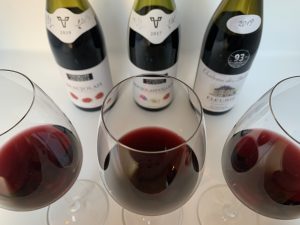Spring has sprung, which means there is no better time to visit Oregon wine country. Vines are awakening after dormancy, their green foliage is beginning to line hillside trellises, and bud break is just around the corner.
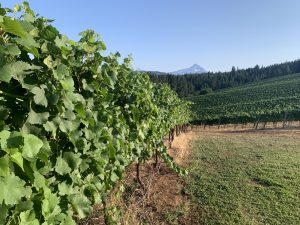
For me, among my first stops on a spring wine country tour would be to the Columbia Gorge AVA, home to the award-winning Cathedral Ridge Winery.
The Columbia Gorge, located in northern Oregon, features a wide variety of microclimates, allowing everything from Pinot Noir to Zinfindel to grow successfully. Variety is the name of the game in the Columbia Gorge!

Cathedral Ridge boasts itself as the home of big, bold Oregon red wines.
For those familiar with the Willamette Valley, most notable for world-class Pinot Noir and Chardonnay, the presence of ‘big and bold Oregon reds’ in the state may come as a surprise.
Along the 40-mile stretch of the Columbia Gorge, changes in elevation, temperature, and rainfall create microclimates that mimic France’s most notable wine regions: Bordeaux, Burgundy, the Rhone and the Rhine. Thick-skinned and slow-ripening grapes such as Cabernet Sauvignon and Petit Verdot grow well in the warmer regions of the Columbia Gorge, while thin-skinned, delicate grapes such as Pinot Noir grow well at higher elevations with cloud cover to protect from sunburn.
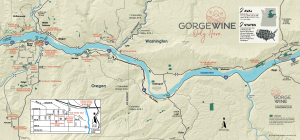
Cathedral Ridge sources grapes from all of these microclimates, offering more than 30 wines to appeal to every palate as a result. White wine lovers will find the flagship Chardonnay, Pinot Gris, and Riesling on the menu. Red wine lovers will find an abundance of options for sample, including Grenache, Zinfindel, Syrah, Cabernet Franc, and even a single-varietal estate Mourvedre.
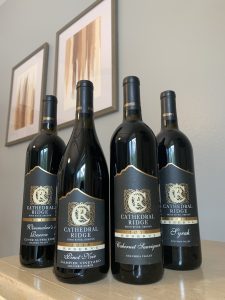
I would describe Cathedral Ridge wines as the perfect food-pairing wines.
No matter the bottle, you’ll find the wine to be approachable, balanced, and food-friendly. Pair the Cathedral Ridge Cabernet Sauvignon with a reverse-seared ribeye, the Syrah Reserve with Manchego cheese and pâté, or the Winemaker’s Reserve Cuvée Supérieur (my personal favorite) with an elegant herb roast chicken and root vegetables.
As you plan a spring or summer getaway, don’t lose sight of the Columbia Gorge AVA or Cathedral Ridge Winery.
The Columbia Gorge feels quainter and more down-to-earth than some of the flashier wine country destinations on the West Coast. Chances are you may get to meet a winemaker or owner in a tasting room during your visit!
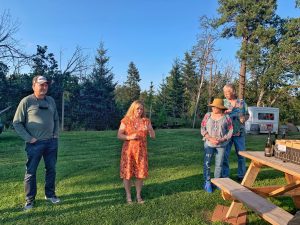
If you want a sneak peak of what Cathedral Ridge has to offer, check out their online virtual tour. Aside from their Hood River location in the Columbia Gorge AVA, you can also taste Cathedral Ridge wines further south in the Willamette Valley at either the Carlton or Dundee tasting room.
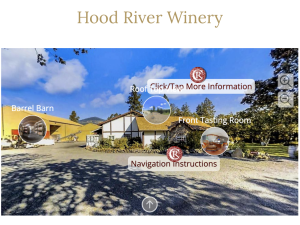
If you happen to be in the area during the Easter weekend, don’t miss the adult-only Easter egg hunt at the winery. (Is there wine inside those little eggs?!) You may even have a chance to sample some of the 8 new releases coming this spring.
If you want to see what wines Cathedral Ridge Winery has to offer, click here for their current selection. Cheers!

